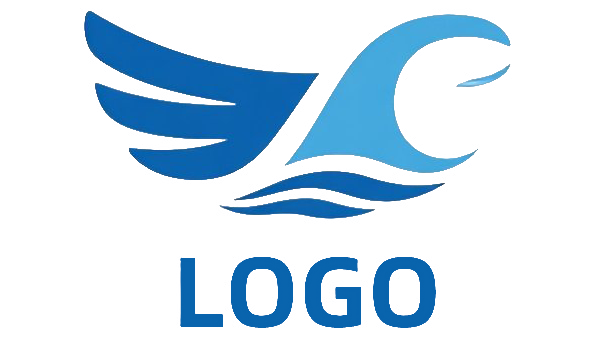Показывает, что максимизация экономической эффективности (минимизация левелизованной стоимости аммиака, LCOA) часто требует сокращение прерывистых возобновляемых источников энергиии вводит метрику LCOU (Levelized Cost of Utilization). Он обеспечивает основу для проектирования интегрированных "зеленых" аммиачных заводов с учетом прерывистости возобновляемых источников энергии и гибкости синтеза.
Оценка преобразования традиционных аммиачных установок HB для работы с зелёный водородОценка путей, включая электролизеры PEM и SOEC, и электрохимическое восстановление азота (e-NRR). Подчеркивает потенциал декарбонизацииСинергия энергетических систем, масштабируемость и критические проблемы для внедрения.
Анализирует полный Схема завода по производству аммиакаВозобновляемая генерация, водород/азот, синтез и хранение. Основные моменты гибкие стратегии работыОптимизация накопителей энергии, регулирование нагрузки при синтезе HB и анализ чувствительности к затратам на примере Италии - оптимальная LCOA ≈ 0,59 USD/kgNH₃ при предположениях о затратах на 2050 год.
В этом исследовании, которое находится в открытом доступе, сравниваются Щелочной электролиз (AEC) против. Электролиз твердого оксида (SOEC) непосредственно интегрирована с петлей Хабера-Боша. Основное внимание уделяется системной интеграции, стратегии рекуперации тепла, интенсификация процесса, а также технико-экономические прогнозы, оценивающие будущую стоимость "зеленого" аммиака (~495 €/т к 2050 году с учетом интеграции SOEC).





